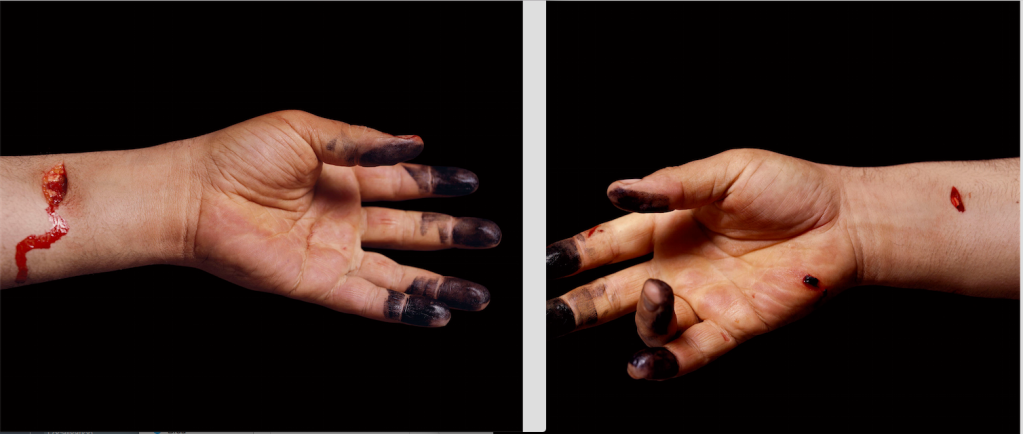Corporeal Politics: Power, Desire, and the Sacred – Andres Serrano


These two photographs, entitled The Morgue (Knifed to Death I and II) 1992, draw attention to an outstretched hand, perhaps an allusion to the fingers of God and Adam in Michelangelo’s famous fresco. Here, as in other works in the The Morgue series, the fragmented parts of the corpse, the limbs, the flesh, appear to be caught in motion, as if the gesture were suspended in time. The minute details, such as the ink on the fingertips, evoke a kind of presence, an imprint as a vital trace that endures even in death. The wounds on the arms refer to the crime announced in the title but also denote biblical symbolism.
Despite the absence of context, these elements come together to form an enigmatic visual narrative, one that oscillates between life and death.
While the morgue image is traditionally produced for forensic and documentary purposes, here it takes the form of an homage — an elevation of the anonymous body, no longer anchored in the violence of death but momentarily restored to the dignity of a lived existence.